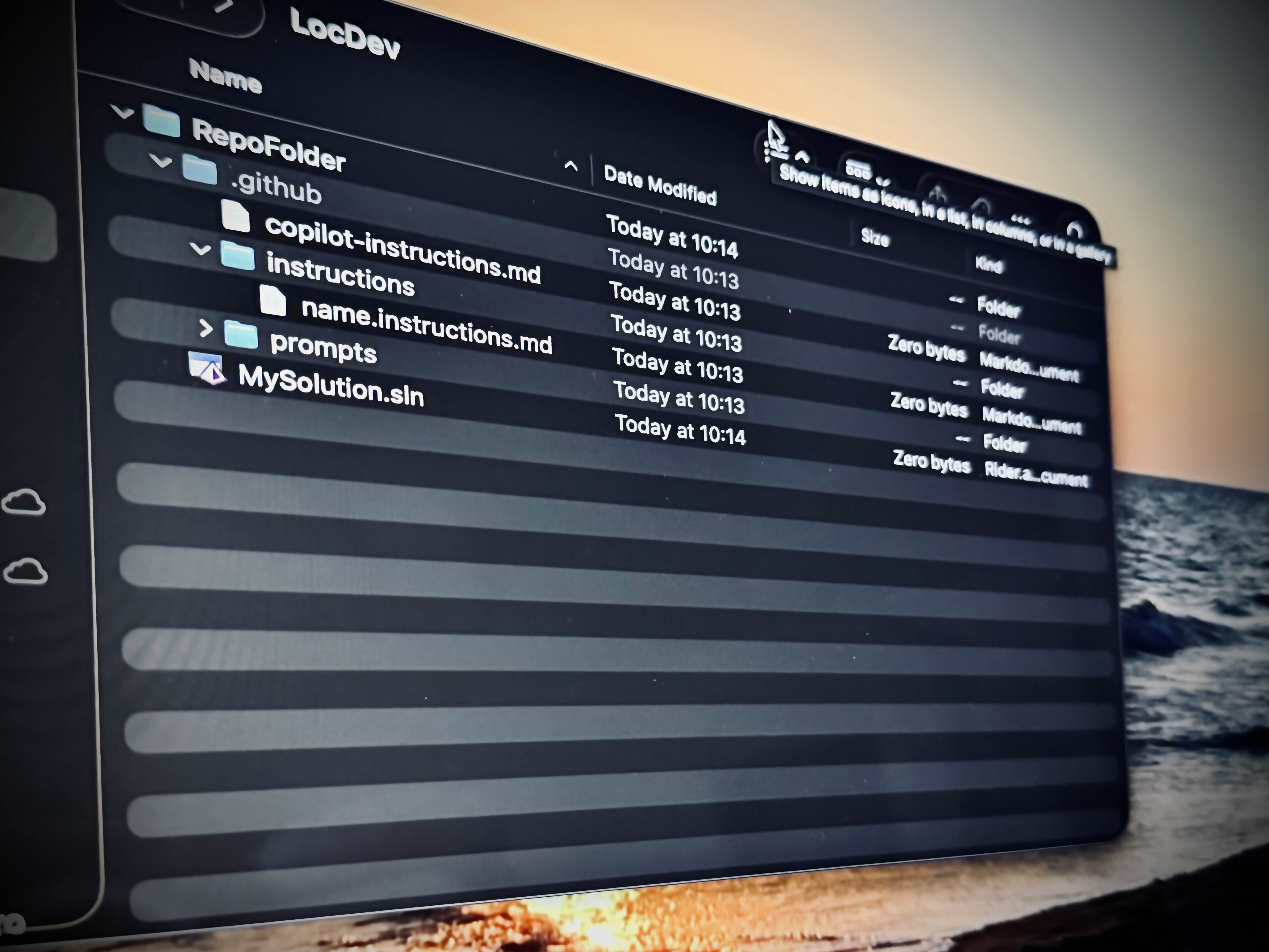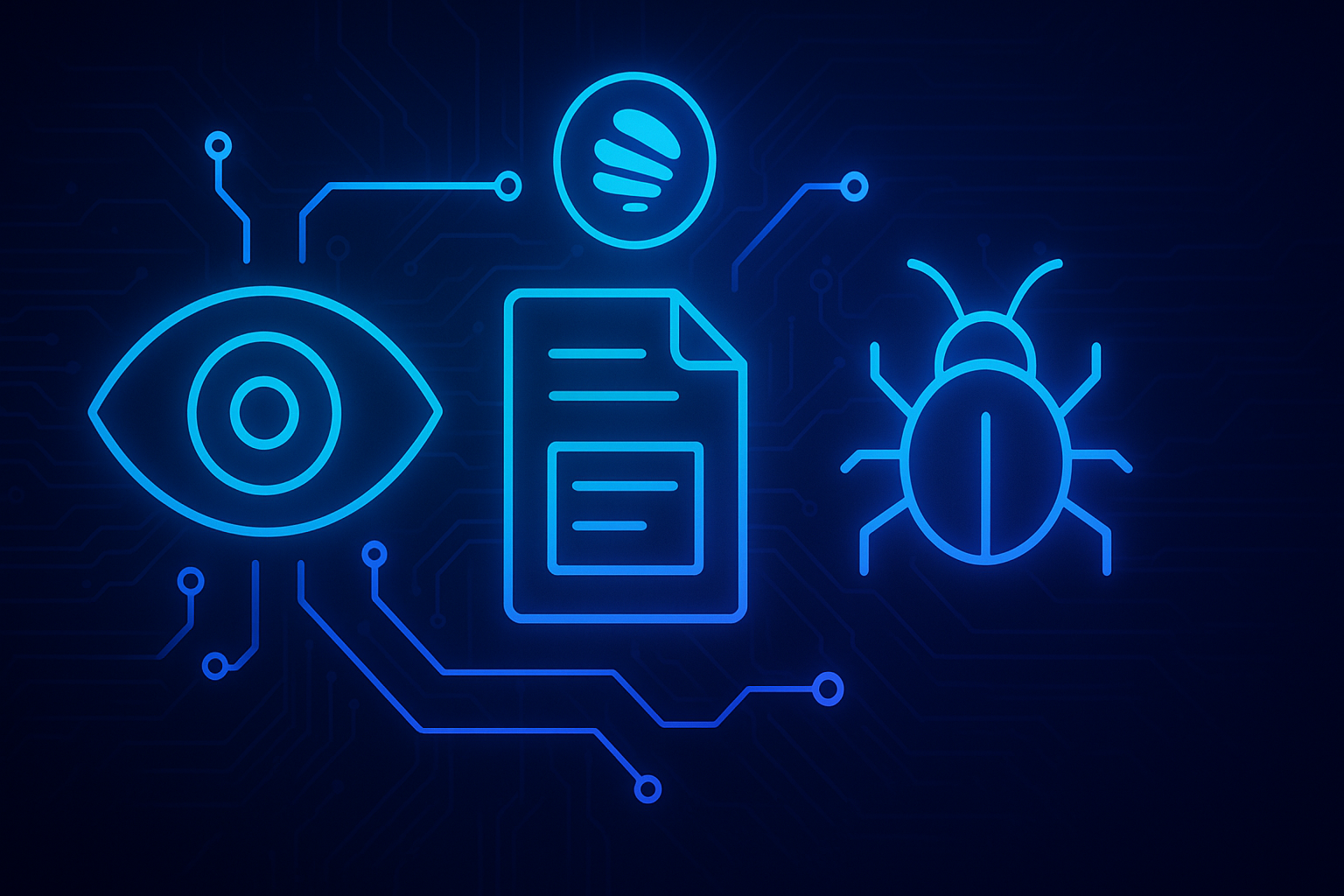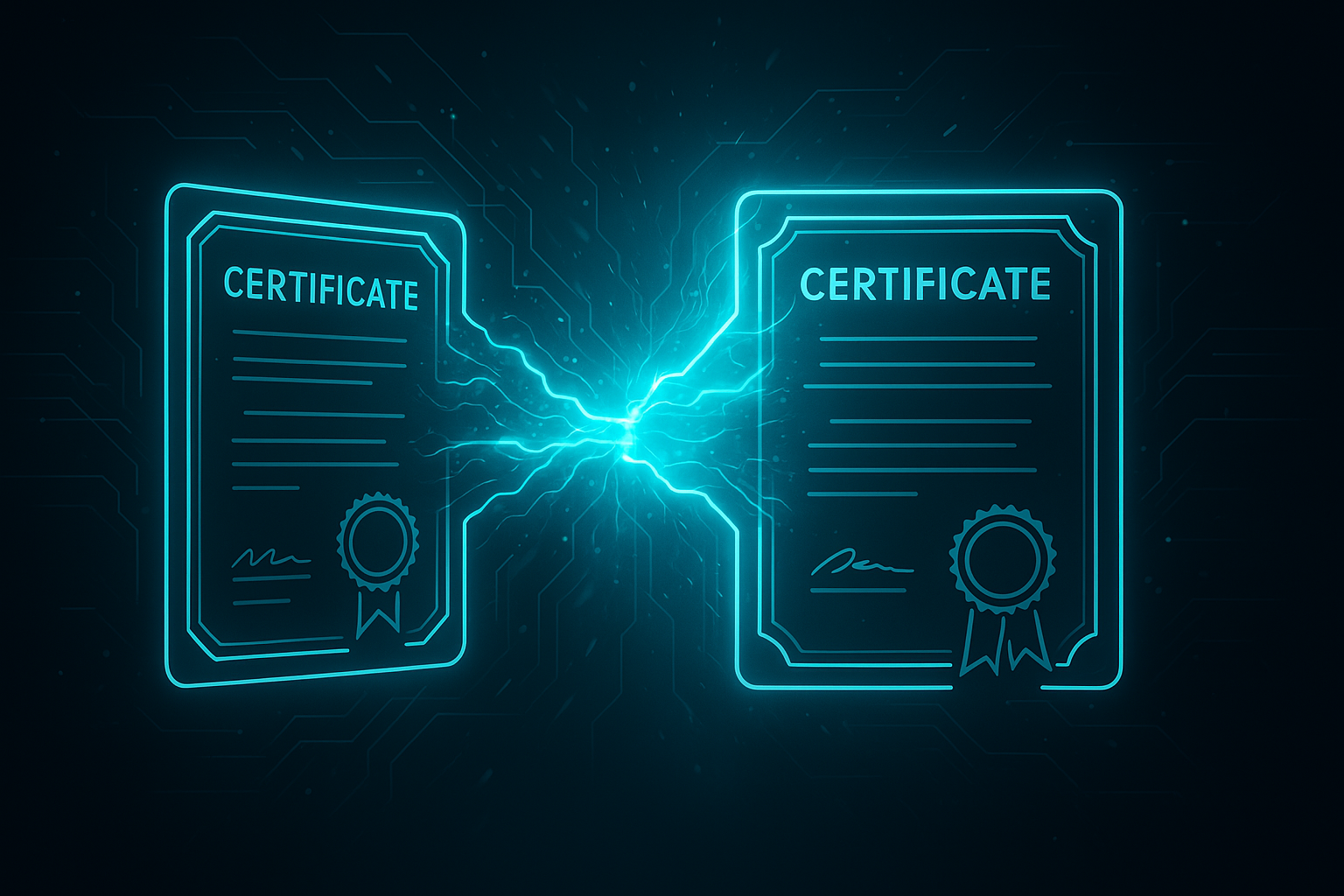
Lead Essentials: Main Composition Module finished (White Belt 4th stripe)
Over the past months, I’ve slowly but steadily worked my way through the Lead Essentials course. With this module, I’ve now reached the White Belt with its fourth stripe – and it really felt like o...







